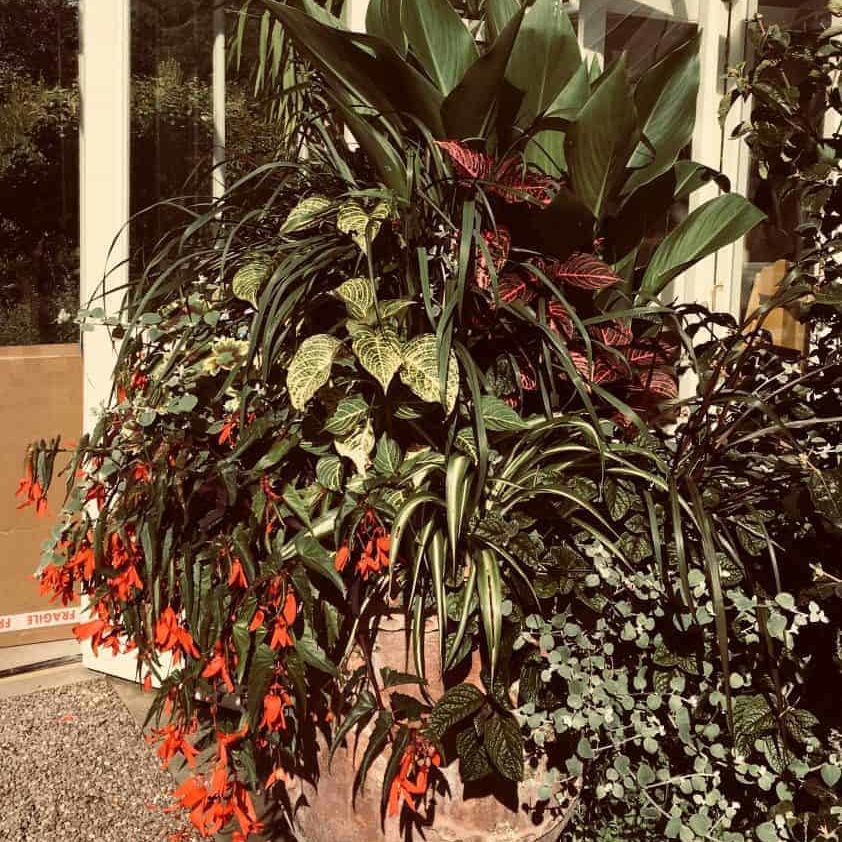A mulch is basically a material that we use to create a thick layer on top of the soil. This helps to retain moisture, prevent erosion, suppress weeds and regulate soil temperature. You can use any material that will stop light from getting to the soil surface so that any germinating weed seeds will be smothered. Old carpet, newspaper and cardboard are great for keeping empty vegetable beds clear of weeds until you want to sow your next crop. However, they’re very unsightly and wouldn’t be suitable for ornamental planting schemes.
The best mulches will also add nutrients to the soil and improve soil structure. Organic mulches such as well-rotted manure are excellent if you can get hold of it in quantity. You’ll need a layer 5-8cm deep to be most effective. Other good organic mulches include things like bark chippings, composted bark and leaf mould. All of these will rot down, slowly feeding the soil and adding important humus as worms take it down into the soil. This will improve soil structure, as well as adding to moisture retention and nutrient stability. It promotes beneficial micro-organisms in the soil too. It’ll need topping up or replacing every 1-3 years. While it will suppress weed growth, you must remove any tough perennial weeds before applying.
Non-biodegradable mulches
Decorative mulches such as gravel, slate chippings and ornamental bark are more attractive and last longer. In order to prevent them from becoming mixed up with the soil it’s best to apply a “landscape fabric” first. This is a woven permeable membrane that covers the soil and is a very effective weed suppressant. The decorative mulch goes on top in a thick enough layer so that you don’t see any of the membrane. The downside is that you must apply this before planting (plant through holes cut into the fabric). It’s very difficult to apply this material effectively to an already established bed. It also makes any soil cultivation almost impossible once applied, so you need to prepare your soil very carefully beforehand. Subsequently, any fertilisers that you apply will need to be soluble. Never use plastic sheeting instead of landscape fabric as the rain cannot penetrate through and gas exchange cannot take place between the soil and the atmosphere. This makes the soil stale and damages beneficial organisms living in the soil.
Mulches play a big role in organic growing methods and in permaculture in particular, where the soil structure is allowed to build up naturally without any cultivation. Almost anything goes when using this technique for vegetable growing: straw, shredded paper, garden compost, autumn leaves, vegetable waste. Basically, anything that will rot down eventually and contribute to soil carbon and nutrients.
Caroline Wright
Caroline brings decades of horticultural experience, both practical and theoretical. Having lectured at Brackenhurst Horticultural University for many years, Caroline has now relocated to France and is following her passion for growing plants and teaching. Caroline and her husband Paul run the plant nursery, propagating all of the plants themselves and lead a wide selection of fun and interactive horticultural and craft based courses.


